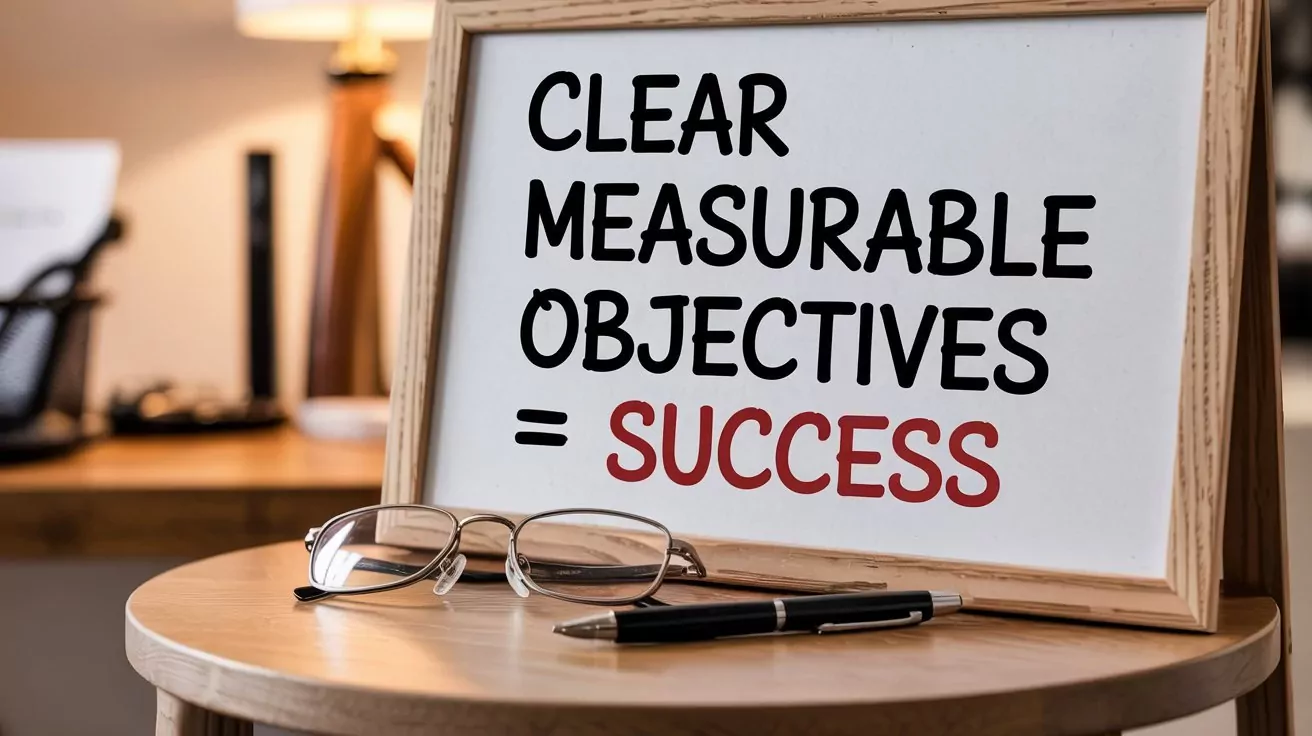Is Your Marketing Strategy Actually Working?

You launched the campaigns, polished the messaging, maybe even threw in a few jazzy videos and killer landing pages. But now you’re staring at a pile of analytics, wondering if all this effort is actually moving the needle. If that question is keeping you up at night, good—you’re asking the right one.
Because here’s the truth: marketing isn’t magic. It’s measurable. If your strategy can’t be tested, tracked, or improved, it’s not a strategy—it’s a shot in the dark.
Let’s walk you through how to tell whether your marketing is actually working, or if you’ve just been really busy being busy.
Start With Clear, Measurable Objectives
Before you go measuring success, ask yourself: Success at what? If you don’t have clear goals, then you’re just wandering around blindfolded hoping to bump into a win.
Set objectives that are specific, measurable, achievable, relevant, and time-bound. Think real outcomes: more qualified leads, lower acquisition costs, increased average order value, better retention rates.
If you can’t measure it, you can’t manage it—and you sure as hell can’t optimize it.
Understand the Right Metrics (Not Just the Flashy Ones)
Let’s talk KPIs—but not in the buzzwordy way people throw around in meetings to sound smart. The point of a KPI isn’t to look impressive. It’s to tell you if your actions are creating value.
Are people showing up on your site? Are they doing anything meaningful once they get there? Are you making more than you're spending? That’s the heart of it.
You don’t need 50 metrics. You need the ones that show what’s working and what’s wasting time. Cost-per-lead, customer acquisition cost, customer lifetime value—those are your friends.
Watch How Your Audience Behaves
Forget what people say they do. Look at what they actually do.
Use tools like Google Analytics, Hotjar, or your CRM to see how people engage. Are they bouncing off landing pages? Are they abandoning carts? Do they stick around or leave before your pitch even starts?
The data doesn’t lie. If people are falling off a cliff midway through your funnel, you’ve found your problem.
Ask People What They Think (Seriously)
Data tells you what’s happening. Feedback tells you why.
Run surveys. Ask for reviews. Have conversations. Doesn’t need to be formal—just consistent. Ask what nearly stopped them from buying. You’ll learn more from five honest comments than a hundred vanity metrics.

Look Over the Fence—Competitive Analysis
Are you winning or just playing? You need to know what your competitors are doing and how you stack up.
This isn’t about copying. It’s about context. If your conversion rate is half the industry average, you’ve got work to do. Use competitor tools to spot their strengths and weaknesses. And then outmaneuver them.
Test Relentlessly—Then Test Again
A/B testing isn’t just for email subject lines. You can and should test everything: copy, design, offers, layouts. The more you test, the more you learn.
Marketing is iteration, not perfection. Let the data decide what stays and what gets tossed.
Budget Like a CFO—Not a Mad Scientist
Where’s your money going? Is half your spend going into a channel that barely delivers? Then what are you doing?
Break it down. Track ROI by channel. Move your money to the performers. If something’s not pulling its weight, cut it. Simple as that.
Think Bigger Than This Quarter
It’s easy to fall in love with short-term wins—big spikes, viral posts, lead surges. But what’s the long game?
Look at customer retention, brand sentiment, repeat purchases. Are you building something sustainable? If not, the wins don’t matter. They’re just noise.
Stay Agile or Get Left Behind
What worked six months ago might not work now. The game changes fast.
The best marketers don’t cling to plans—they adapt. Regular reviews, pivot points, and strategy tweaks should be baked into your workflow. Build for change, not for comfort.
Final Word: Your Strategy Isn’t Sacred
Marketing isn’t art for art’s sake. It’s performance. If your strategy isn’t hitting targets, it’s not a sacred cow—it’s dead weight.
Measure what matters. Stay honest. Keep adjusting. And don’t be afraid to blow up what’s not working and start over.
That’s how you grow. That’s how you win.

